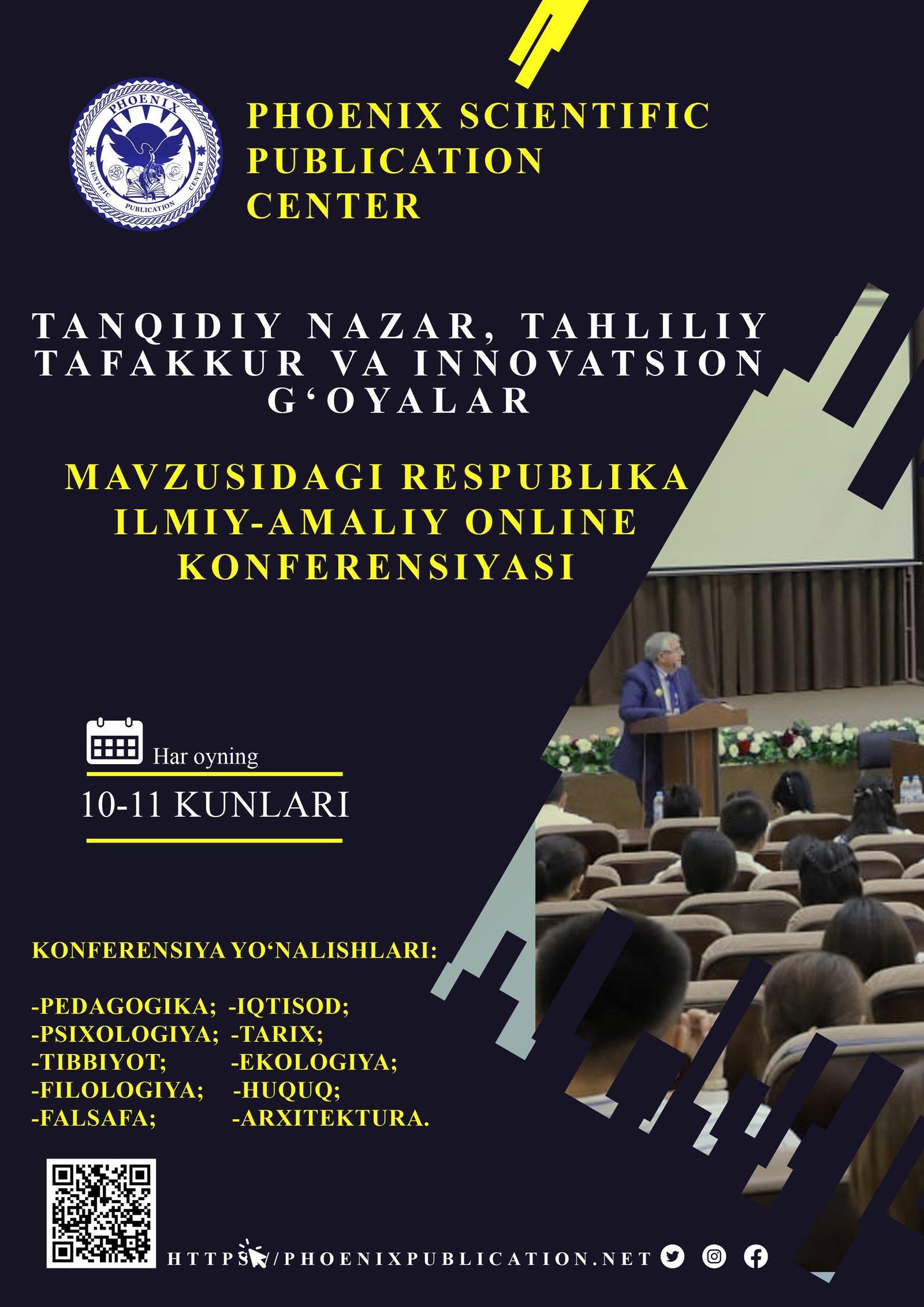Abstract
This article explores the close relationship between phraseological units and cultural identity. It analyzes how idioms, proverbs, and other fixed expressions reflect the worldview, history, and values of a particular nation. Through comparative examples, the study shows how cultural contexts influence the meaning and usage of phraseological units in English and other languages.
References
1. Cowie, A. P. (1998). Phraseology: Theory, Analysis, and Applications. Oxford University Press.
2. Fernando, C. (1996). Idioms and Idiomaticity. Oxford: Oxford University Press.
3. Moon, R. (1998). Fixed Expressions and Idioms in English: A Corpus-Based Approach. Oxford: Clarendon Press.
4. Gläser, R. (1984). The Stylistic Potential of Phraseological Units in the Light of Genre Analysis. Journal of Linguistics.
5. Crystal, D. (2003). The Cambridge Encyclopedia of the English Language. Cambridge University Press.
6. Baker, M. (1992). In Other Words: A Coursebook on Translation. London: Routledge.
7. Naciscione, A. (2010). Stylistic Use of Phraseological Units in Discourse. Amsterdam: John Benjamins Publishing.
8. BNC (British National Corpus): https://www.english-corpora.org/bnc/
